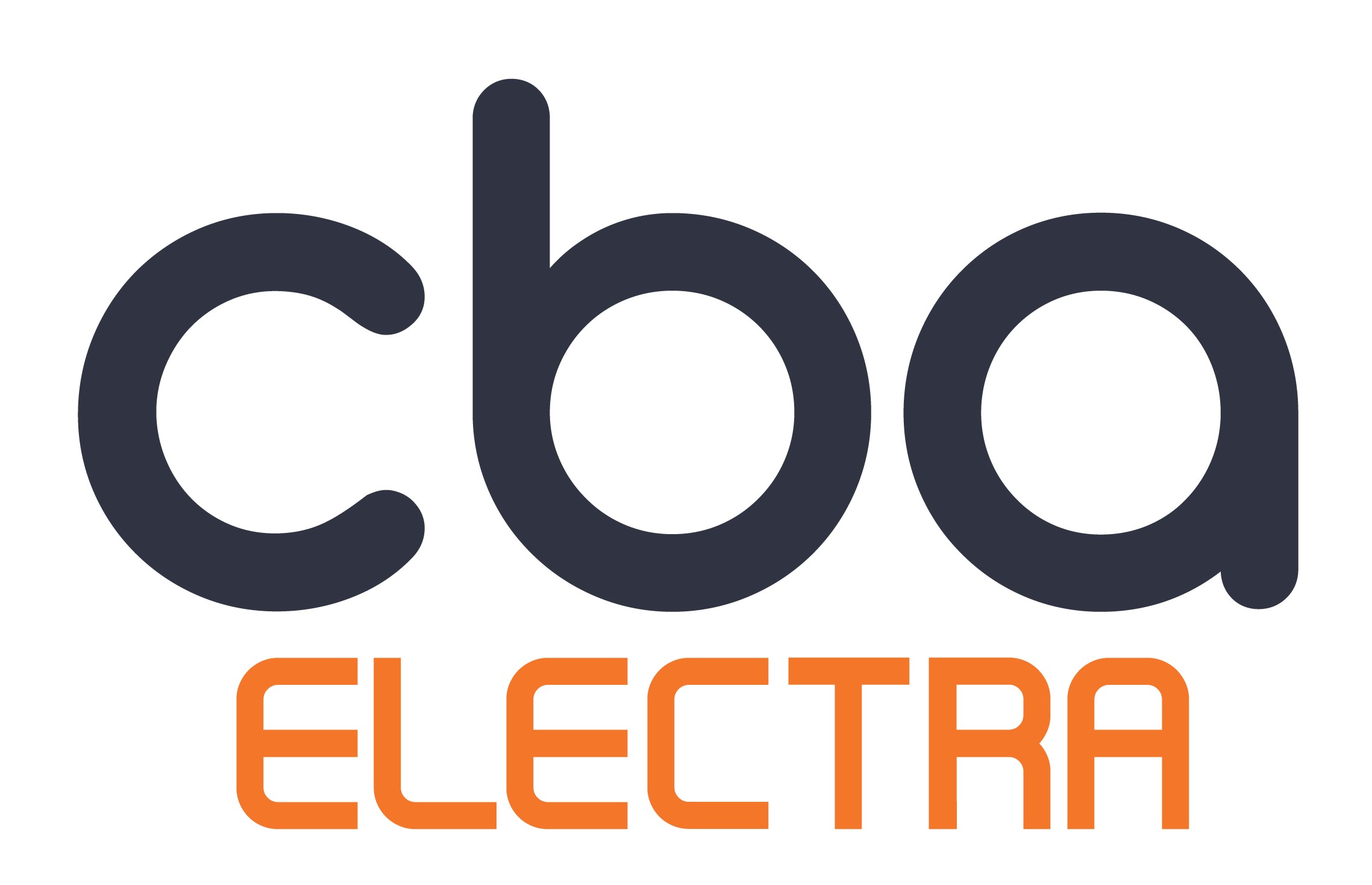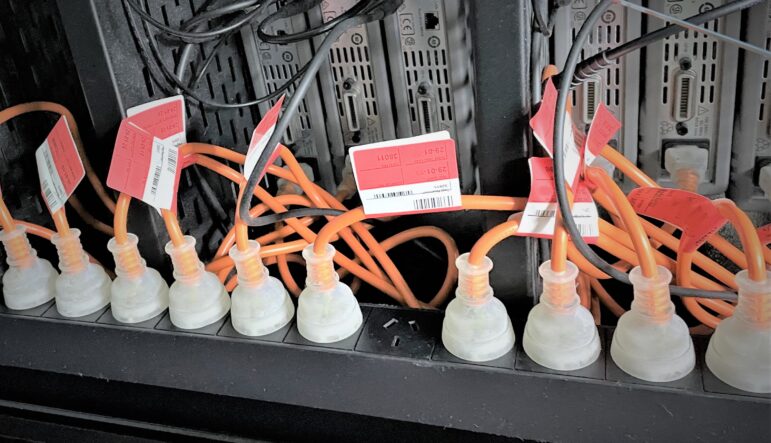23 Jun, 2023
Posted by admin
0 comment
The Benefits of Test and Tag: Ensuring Safety, Compliance, and Peace of Mind
- Enhanced Safety: The primary benefit of test and tag is the assurance of enhanced safety for individuals and properties. By subjecting electrical equipment to rigorous testing, potential hazards and faults can be identified early on, reducing the risk of electrical accidents, electrical shocks, and fires.
- Compliance with Regulations: Test and tag procedures help organizations and individuals comply with relevant regulations and standards. Many industries and jurisdictions have specific requirements for electrical safety, and adhering to these regulations is essential for legal compliance and avoiding penalties.
- Risk Reduction: By identifying and rectifying potential electrical faults, test and tag minimizes the risk of equipment failure, electrical malfunctions, and subsequent disruptions. This proactive approach reduces the likelihood of accidents, injuries, and costly downtime.
- Preventive Maintenance: Regular testing and tagging contribute to a comprehensive preventive maintenance program for electrical equipment. Early detection of faults allows for timely repairs or replacements, preventing further damage and extending the lifespan of the equipment.
- Workplace Safety and Productivity: Implementing test and tag measures in workplaces promotes a culture of safety, which can boost employee morale, productivity, and overall well-being. Employees feel confident in their working environment, knowing that measures are in place to ensure their safety.
- Peace of Mind: Test and tag offers peace of mind for business owners, facility managers, and individuals. Knowing that electrical equipment has been thoroughly tested and deemed compliant with safety standards instils confidence in its reliable and safe operation.
Overall, test and tag procedures contribute to a safer environment, compliance with regulations, risk reduction, and peace of mind for individuals and organizations relying on electrical equipment. It promotes proactive maintenance, mitigates hazards, and fosters a culture of safety.

